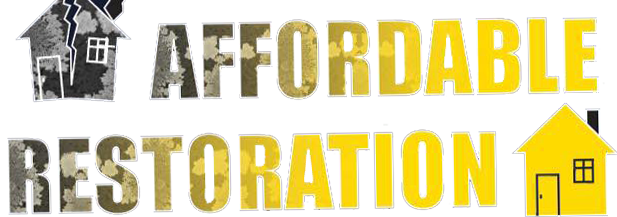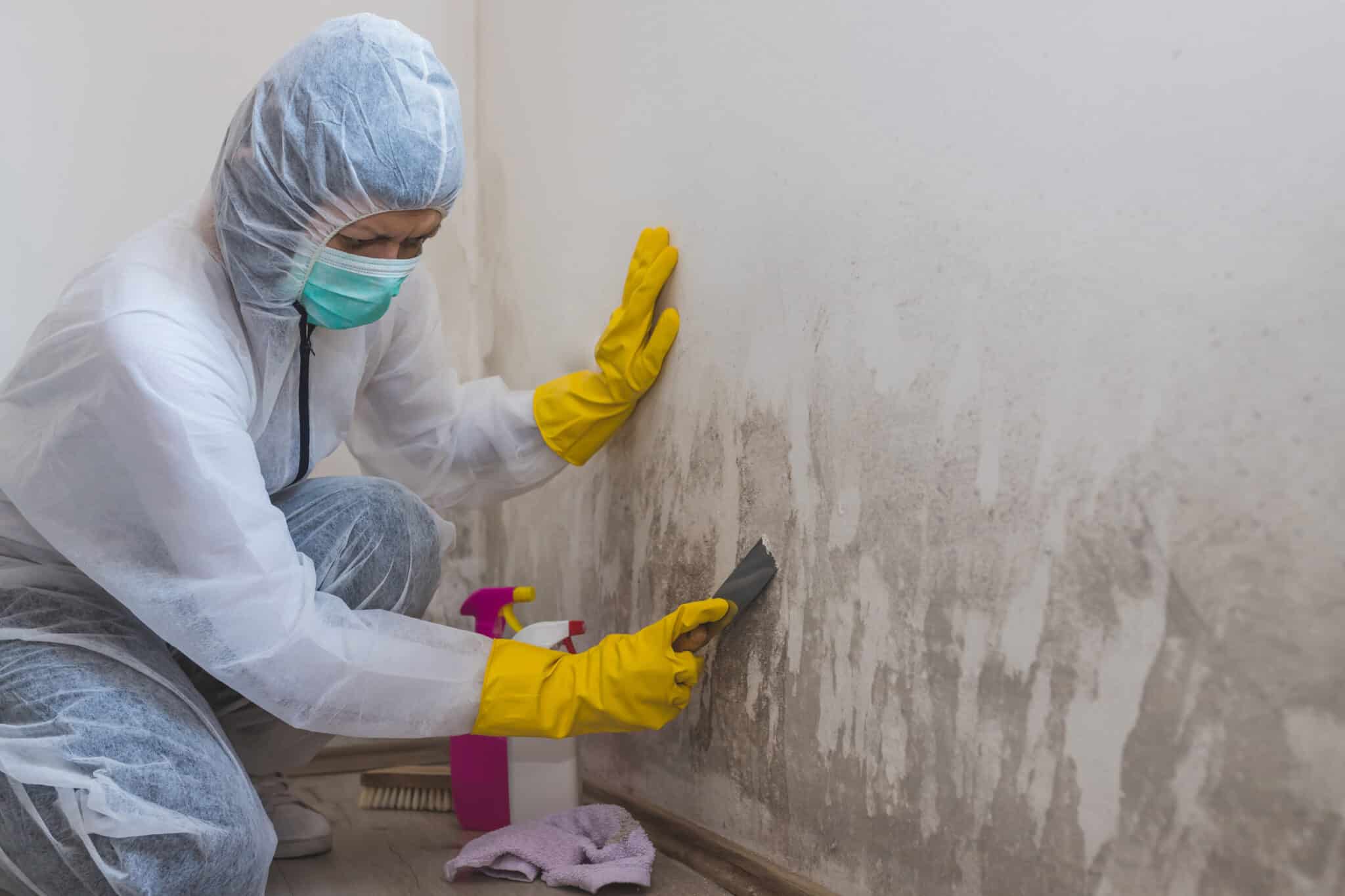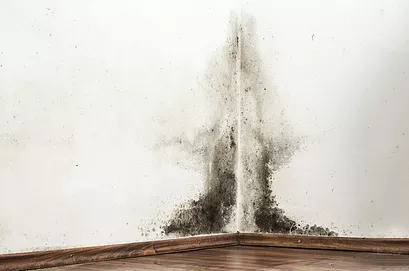The Hidden Dangers of Mold in the Home
Mold isn’t just a smelly inconvenience — it’s a serious health hazard and a threat to your home’s structural integrity. For homeowners in Coeur d’Alene and the surrounding North Idaho communities, the importance of addressing mold immediately can’t be overstated. Between our region’s seasonal moisture, lake-effect humidity, and varied temperatures, homes here are especially vulnerable to mold outbreaks that can spread fast if left untreated.
Whether it’s a small patch behind the sink or a large infestation in the attic, mold needs to be removed quickly and professionally. In this article, we’ll explore the risks of untreated mold, why immediate removal is critical, how local conditions play a role, and what steps you should take the moment you spot mold in your home.
At first glance, mold may seem like a minor cosmetic issue. But mold is more than just unsightly — it’s toxic, invasive, and persistent. Mold spores are microscopic and airborne, which means that once an area in your home is affected, those spores can travel to other parts of the house rapidly.

Health Risks for Families
Exposure to mold can lead to a wide range of health problems, especially for children, the elderly, and individuals with respiratory conditions. Common health symptoms include:
- Chronic coughing or sneezing
- Eye, nose, or throat irritation
- Skin rashes
- Sinus congestion or asthma flare-ups
- Fatigue and headaches
- Increased allergy sensitivity
In some cases, particularly with black mold (Stachybotrys chartarum), exposure can result in more serious complications including neurological issues and long-term respiratory damage.


Structural Damage to Your Home
Mold doesn’t just grow on the surface — it penetrates wood, drywall, insulation, and even flooring. Over time, it can cause:
- Warped or weakened structural beams
- Deteriorated drywall and paneling
- Rotted flooring
- Compromised HVAC systems
What may begin as a $300 mold removal job can quickly turn into a $30,000 restoration project if ignored.
Why Immediate Removal Matters in Coeur d’Alene and North Idaho
With our heavy winter snowfall, spring runoff, and humid summer days near Lake Coeur d’Alene, homes in our area face unique moisture challenges. All it takes is one leaky roof, cracked foundation, or poorly ventilated crawl space to start a mold problem that spirals out of control.
Here’s why fast action is essential:
What to Do If You Suspect Mold
If you notice a musty smell, visible mold growth, water stains, or unexplained health symptoms, don’t wait to take action.
Step 1: Don’t Try to Clean It Yourself
Bleach and DIY sprays might remove visible mold, but they often don’t reach the deeper roots. Scrubbing mold without proper containment can also release more spores into the air, worsening the problem and spreading it further through your home’s HVAC system.
Step 2: Call a Professional Mold Remediation Expert
Professional mold remediation specialists in Coeur d’Alene use specialized tools like infrared moisture scanners, HEPA air scrubbers, and industrial dehumidifiers to detect and treat the full scope of the problem.
A certified team will:
Assess the full extent of the mold damage
Contain the area to prevent cross-contamination
Use EPA-approved solutions to remove the mold
Repair and restore any affected materials
Make sure the company you hire is familiar with the specific challenges that homes in the Inland Northwest face, including humidity, snowmelt, and outdated crawl spaces or basements.
Local Insight: Mold and Coeur d’Alene Realities
Why Professional Mold Removal Pays Off

